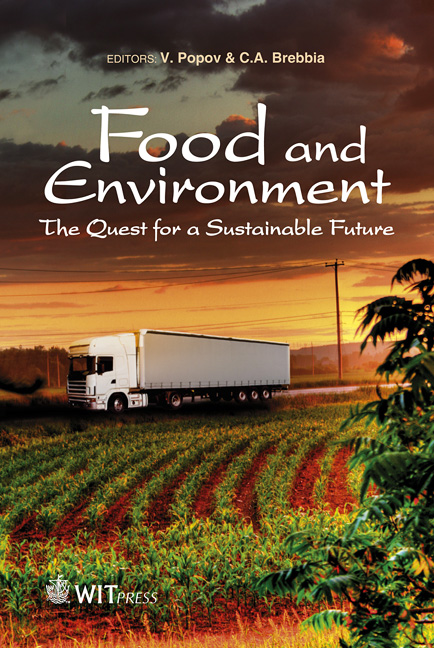Risk Assessment Of Exposure To Multiple Mycotoxins In Food
Price
Free (open access)
Transaction
Volume
152
Pages
7
Page Range
81 - 87
Published
2011
Size
304 kb
Paper DOI
10.2495/FENV110081
Copyright
WIT Press
Author(s)
S. Viegas, C. Viegas, C. Ramos, M. Silva, R. Sabino, C. Veríssimo & L. Rosado
Abstract
Moulds may produce a diversity of toxins such as aflatoxins, ochratoxins, trichothecenes, zearalenone, fumonisins and others. Although toxicological, environmental and epidemiological studies have addressed the problem of these toxins one by one, more than one mycotoxin are found usually in the same contaminated food. Risk assessment for humans potentially exposed to multimycotoxins suffers very much from the lack of adequate food consumption data. Furthermore, for a given mycotoxin, synergism and antagonism with other mycotoxins, found in the same food commodities, are not taken into account. Aflatoxin B1 and ochratoxin A belong to the most frequently occurring mycotoxins. This has repeatedly been demonstrated, however, normally, the risk resulting from their simultaneous occurrence is not considered. A descriptive study was developed to monitor air fungal contamination in one hospital food unit. Five air samples of 250 litres through impaction method were collected in food storage facilities, kitchen, food plating, canteen and also, outside premises, since this is the place regarded as reference. Besides other species, Aspergillus flavus and Aspergillus ochraceus were isolated in the studied food unit. It was used weight-of-evidence scheme proposed by Mumtaz and Durkin to qualitative assess the weight of evidence for the toxicological interaction between Aflatoxin B1 and ochratoxin A. In this case, risk assessment must be performed considering the toxicological interactions between these two mycotoxins. The limits for mycotoxins human exposure only consider the effects of each toxin and do not take into
Keywords
exposure to mycotoxins, food contamination, multi-mycotoxins exposure, toxicological interactions, risk assessment





